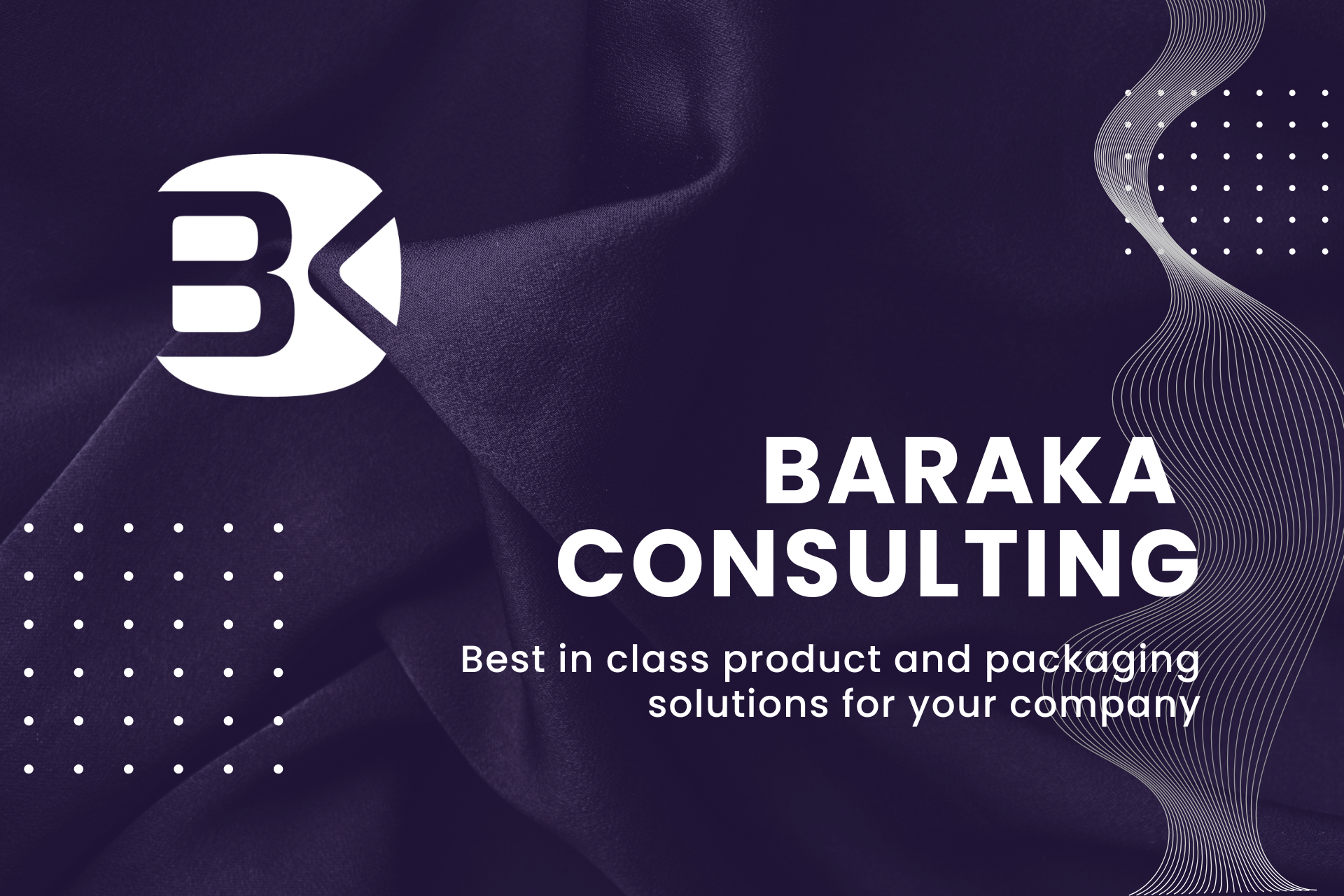Benchmarking Packaging Solutions
Benchmarking is a crucial step in designing packaging solutions for large corporations, allowing them to compare their designs and strategies to competitors and industry leaders to identify areas for improvement and innovation, set realistic goals, and stay ahead of the competition in today's market.
Benchmarking Packaging Solutions
When it comes to designing packaging solutions for large corporations, benchmarking is a crucial step in ensuring success. By comparing your packaging designs and strategies to those of your competitors and industry leaders, you can identify areas for improvement and innovation.
Benchmarking allows you to see what is working well in the market and what can be enhanced in your own packaging solutions. By analyzing the packaging materials, design elements, functionality, and overall customer experience of leading brands, you can gain valuable insights that can help you stay ahead of the competition.
In addition, benchmarking can also help you set realistic goals and targets for your packaging designs. By understanding the best practices and trends in the industry, you can create packaging solutions that not only meet but exceed customer expectations.
Overall, benchmarking packaging solutions is an essential tool for any large corporation looking to stay competitive in today's market. By continuously evaluating and improving your packaging designs, you can ensure that your products stand out on the shelves and leave a lasting impression on consumers.
The Importance of Setting Realistic Goals Through Packaging Benchmarking
In the competitive landscape of the business world, setting realistic goals through packaging benchmarking is crucial for the success of any large corporation. Packaging plays a significant role in the overall branding and marketing strategy of a company, making it essential to establish achievable objectives that align with industry standards and consumer expectations.
By conducting thorough packaging benchmarking, companies can gain valuable insights into the latest trends, best practices, and innovations in the market. This process involves analyzing the packaging designs, materials, and functionalities of competitors and industry leaders to identify areas for improvement and differentiation.
Setting realistic goals based on the findings of packaging benchmarking allows companies to enhance their brand image, increase product visibility, and improve customer satisfaction. Whether it's reducing packaging waste, enhancing product protection, or optimizing shelf appeal, aligning goals with industry benchmarks ensures that companies stay ahead of the curve and meet the evolving needs of consumers.
In conclusion, the importance of setting realistic goals through packaging benchmarking cannot be overstated. By leveraging industry insights and best practices, companies can create packaging solutions that not only meet but exceed customer expectations, driving brand loyalty and business growth in the long run.
Driving Brand Loyalty and Business Growth Through Packaging Benchmarking
In today's competitive market, driving brand loyalty and business growth through packaging benchmarking has become a crucial strategy for large companies looking to stand out from the competition. Packaging plays a significant role in shaping consumer perceptions and influencing purchasing decisions, making it essential for businesses to continuously evaluate and improve their packaging strategies.
Packaging benchmarking involves analyzing and comparing a company's packaging design, materials, and functionality against industry standards and competitors. By benchmarking their packaging, companies can identify areas for improvement, enhance brand consistency, and ultimately drive customer loyalty and business growth.
One key benefit of packaging benchmarking is the ability to stay ahead of industry trends and consumer preferences. By monitoring competitors and industry leaders, companies can identify emerging packaging trends and incorporate them into their own designs to stay relevant and appealing to consumers.
Additionally, packaging benchmarking can help companies optimize their packaging materials and processes to reduce costs and improve sustainability. By identifying opportunities to streamline packaging design and production, companies can not only save money but also reduce their environmental impact and appeal to eco-conscious consumers.
Overall, driving brand loyalty and business growth through packaging benchmarking requires a strategic and data-driven approach. By continuously evaluating and improving packaging strategies, companies can differentiate themselves in the market, build stronger relationships with customers, and ultimately drive long-term success.




